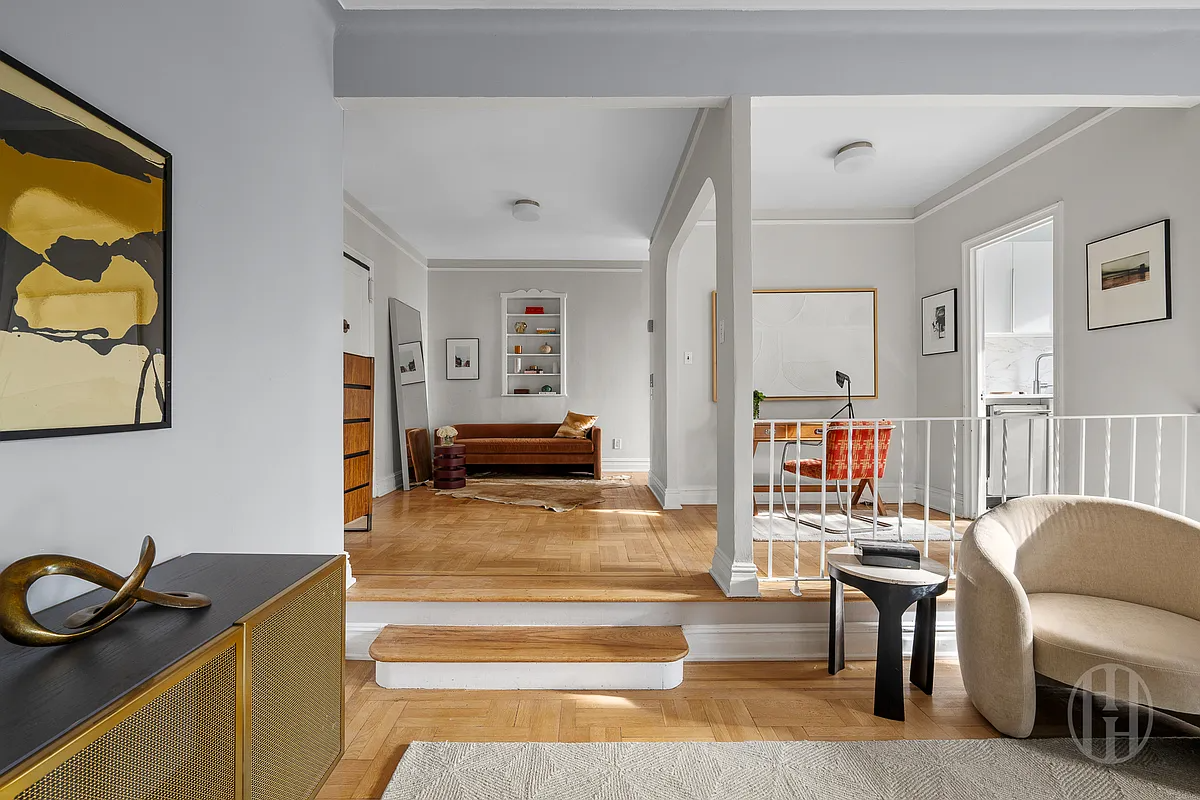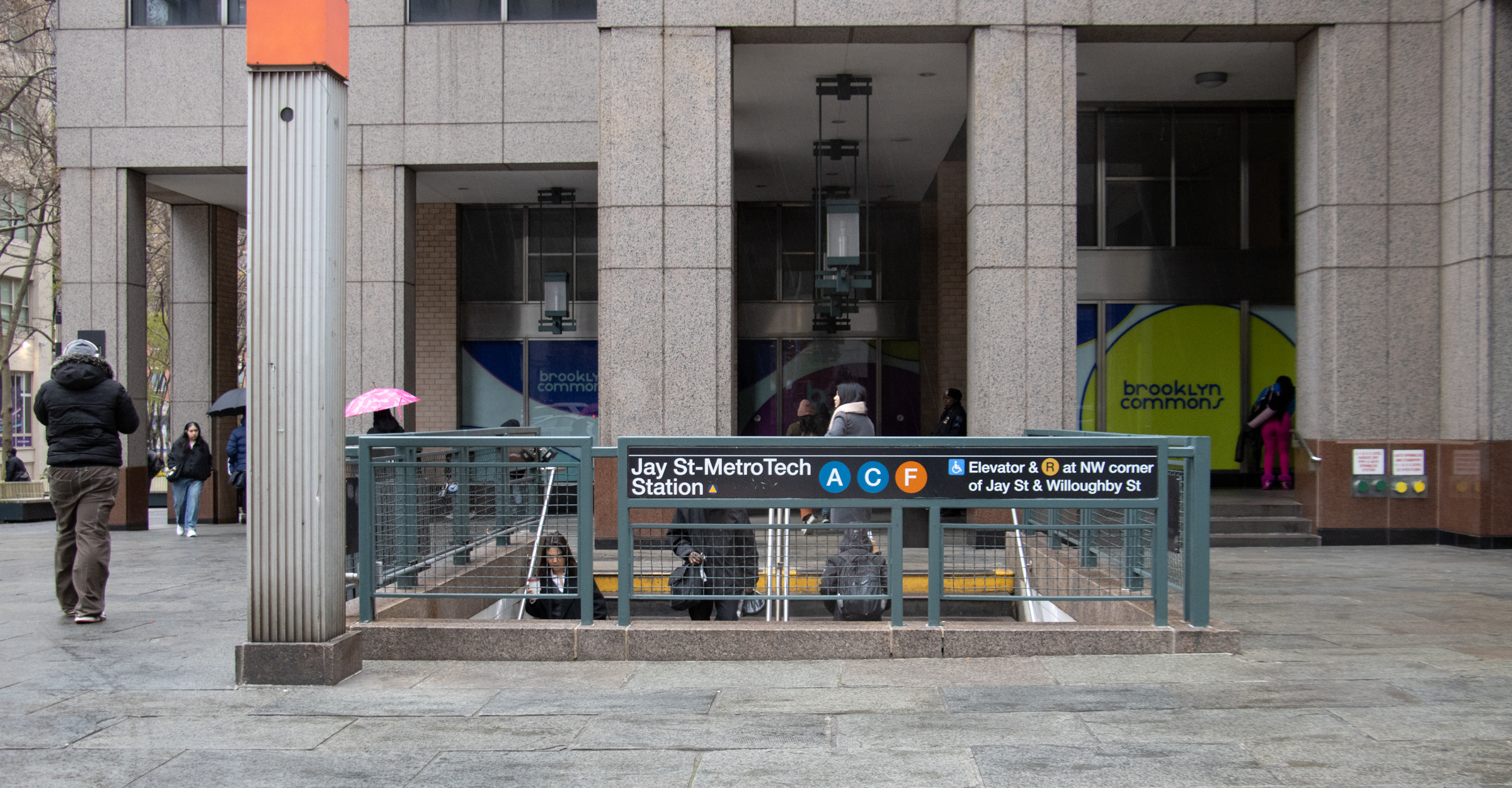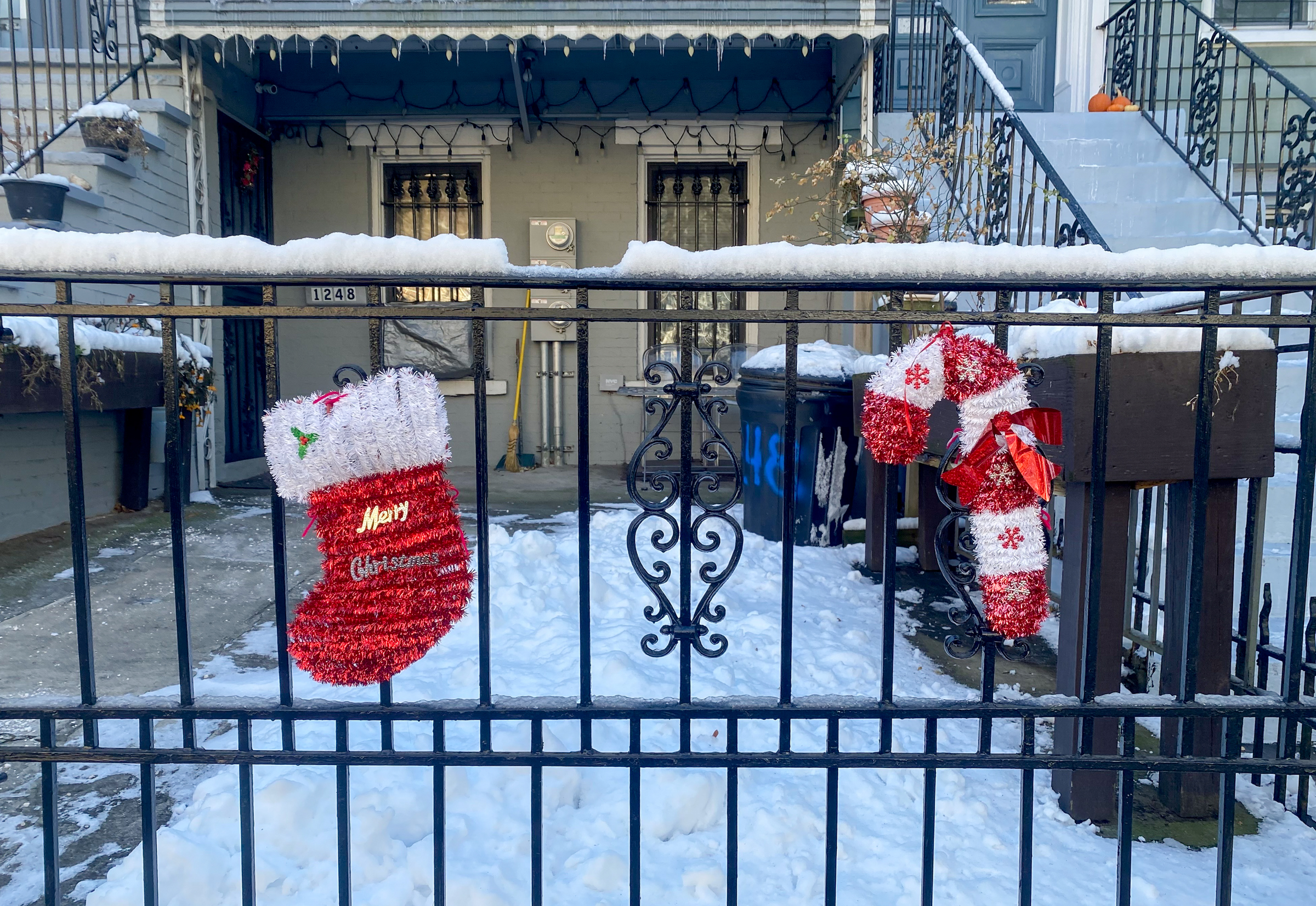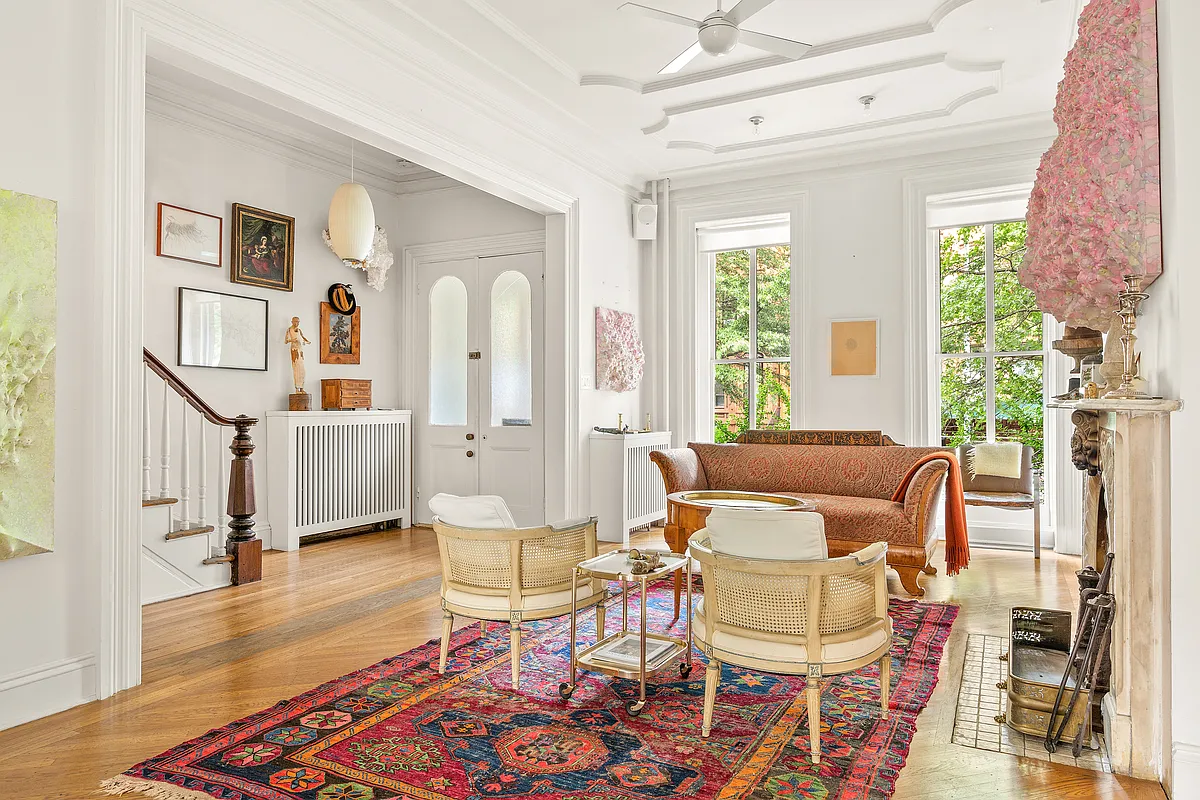Building of the Day: 165 Clermont Avenue
Brooklyn, one building at a time. Name: Originally Armory Hall, then Ionic Hall, now apartments Address: 165 Clermont Avenue Cross Streets: Willoughby and Myrtle Avenues Neighborhood: Fort Greene Year Built: 1874, or a bit earlier Architectural Style: Italianate Architect: Unknown Landmarked: No The story: Clermont Avenue was named for Robert Fulton’s first revolutionary new steam…


Brooklyn, one building at a time.
Name: Originally Armory Hall, then Ionic Hall, now apartments
Address: 165 Clermont Avenue
Cross Streets: Willoughby and Myrtle Avenues
Neighborhood: Fort Greene
Year Built: 1874, or a bit earlier
Architectural Style: Italianate
Architect: Unknown
Landmarked: No
The story: Clermont Avenue was named for Robert Fulton’s first revolutionary new steam boat, the Clermont, which plied the waters between Brooklyn and Manhattan, beginning in 1825. of the Hudson for the first time in 1807. His steam ferry, the Nassau began crossing from Manhattan to Brooklyn in 1814. This ferry service opened up Brooklyn to greater development, allowing our fair city to take its place as one of the great metropolises of the 19th century. Although Clermont Avenue is not as well-known today as South Portland or South Oxford and other often discussed Fort Greene streets, back in the late 1800s and on into the early 20th century, Clermont was a happening street, at the center of the social world of Fort Greene and Clinton Hill.
There were several large churches on Clermont Avenue, drawing people to the neighborhood. Clermont Avenue was home to the extremely popular Clermont Rink. This large venue was not only an ice skating rink, home to some of Brooklyn’s first hockey games, but also the site for rallies, revivals and trade shows. It was the Javits Center of its day. Right next door to the Rink was the Clermont Armory, the long-time home of Brooklyn’s elite 23rd Regiment. And right next door to the Armory was this building, tucked in between the walls of the Armory and the buildings on Myrtle Avenue.
The building at 165 Clermont may have been built as a stable or warehouse, built in or just before 1874, but in 1874, was sold to John N. Eitel, a very successful local businessman known in the papers as the “Carlton Avenue millionaire capitalist.” He developed it as an events hall with ground floor retail space. Late 19th century people loved social events of all kinds, and in addition to large places like the Clermont Rink, there was good money to be made in owning a smaller events hall like this.
Here, fraternal orders, church groups, political and business clubs and organizations could meet, have parties and rallies, and regularly rent out the rooms for meetings. Eitel, a German-born immigrant who did extremely well, was a member of the local Saengerbund, German for “Singing Society”, and they met here often for rehearsals and concerts. It’s always nice to have your own hall, and with it right next door to the 23rd Regiment Armory, the hall was therefore named Armory Hall.
The first mention of the hall was in July of 1874, when the Eagle announced that a local chapter of the International Order of Odd Fellows was moving into the new building. The paper said that the hall was “handsomely furnished, well ventilated and one of the pleasantest lodge rooms in the city.” They reported on the OF meeting, and noted that over 300 people attended the event on the top floor, and went downstairs to the second floor for dancing in the open hall below.
The ground floor of the building was taken up by a retail store. An ad in the Eagle in 1874 advertised for the space, calling the ground floor “a splendid place for first class billiard saloon, any first class business.” In 1882, the building was damaged in a fire, which also caused damage to a liquor business which was then located on the ground floor.
Over the next twenty-plus years, Armory Hall was home to all kinds of organizations. In addition to the Odd Fellows, the Hall was home to the W.W. Stephenson Post of the Grand Army of the Republic, and the Winchester Post of the same. They would become the American Legion of Honor later in the century, now called the American Legion, a venerable veteran’s organization. Both Republican and Democratic clubs met and rallied here, as did the Catholic Benevolent Association, the Brooklyn Literary Union, the Gas Employee’s Benevolent Association and the Truck Driver’s Benevolent and Protective Association, to name but a few.
The building was called Armory Hall until after World War I. New veteran’s associations associated specifically with the war began to call it home. But by 1921, the hall had changed hands, and now was called the Ionic Temple. It was home to several fraternal organizations, but most especially the Prince Hall Masons. The Prince Hall Masons are an African American fraternal organization, and for the next twelve or more years, the notices given for activities here in the club are mostly found in The New York Age, a Brooklyn-based black newspaper. In addition to the Price Hall Masons, the hall hosted church groups, and meetings of black business associations, ladies’ groups, voting rallies, and fund-raising events. The hall had been used as a polling place since 1878, and was still a place to vote, last mentioned in 1933. After the 1930s, the paper trail in the newspapers runs cold.
The hall must have closed, and sold, turned over to other use, probably as warehouse and/or small business space. Today, the building is living space, its large meeting areas once again holding people, not storage or supplies. I’m sure the spaces made great loft apartments. The façade on the upper floors is in great shape, and only the ground floor has been altered beyond recognition. Like the former armory next door, the old Armory Hall is now residential. Thanks to reader AG for the inquiry on the building and for the photograph below. This one was fun!GMAP
(Photograph:Sarah Westcott for Property Shark)







Well researched feature on this building. The architect was M.J. Morrill. I can email you the original DOB application from 1874 if you provide an email address.